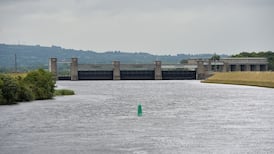I found this moth in my polytunnel in the Burren, Co Clare. It looks almost bird-like. – Áine O'Regan
Moths have really wonderful disguises to fool their enemies the birds. This is a drinker moth, so called because its caterpillars drink dew and raindrops (as opposed to the adults propping up the local bar).
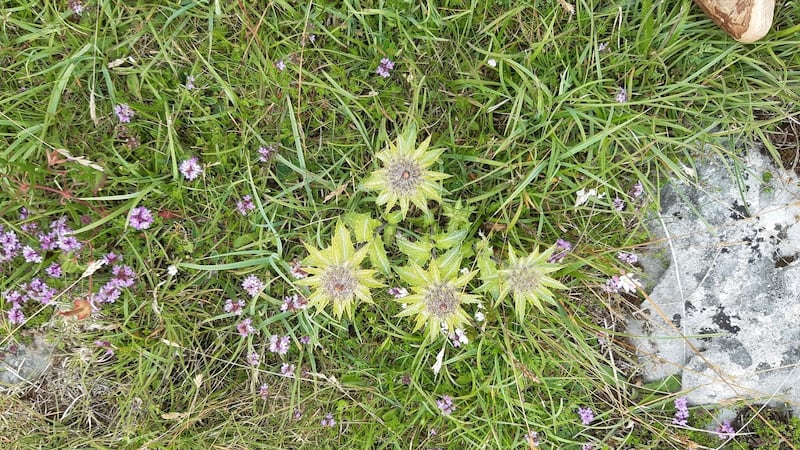
Spotted this growing in the Burren near Black Head. – Margaret Monks
It is the carline thistle, a native biennial that grows on dry grasslands, cliffs and sand dunes. Charlemagne reputedly used it to cure his armies of pestilence and plague, having been told by an angel in a dream that it would work.
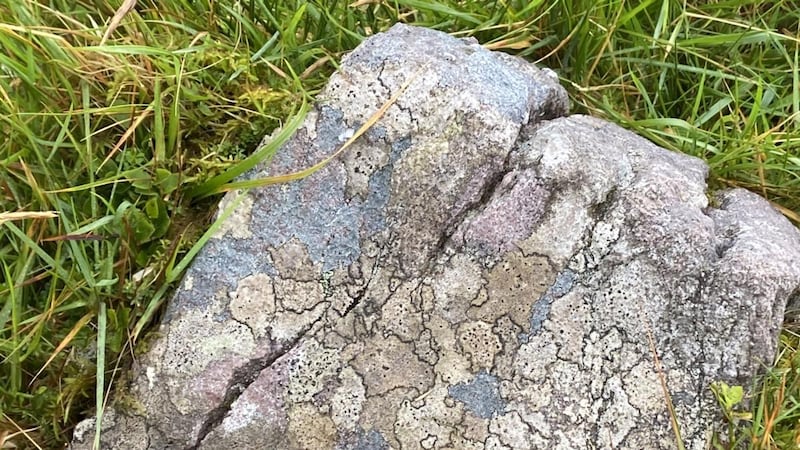
I came across these on a rock near Sauce Creek in Kerry. What are they and how are they formed? – James Scallon
These are lichens growing on an eroded slab of rock. Their spores are windborne, and these crustose lichens can grow on the barest rocks as they get all their growing requirements from the air.
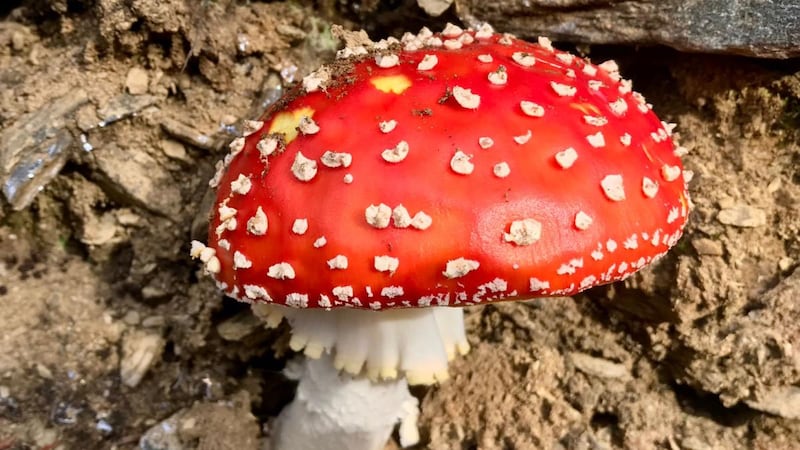
We found this red mushroom while hill-walking in the Wicklow Mountains at the weekend. – Catherine McCarthy
This is a fly agaric mushroom. It grows in woodlands where there are birch trees. In medieval times it was mixed with milk to stupefy flies. Do not eat it as it is poisonous.
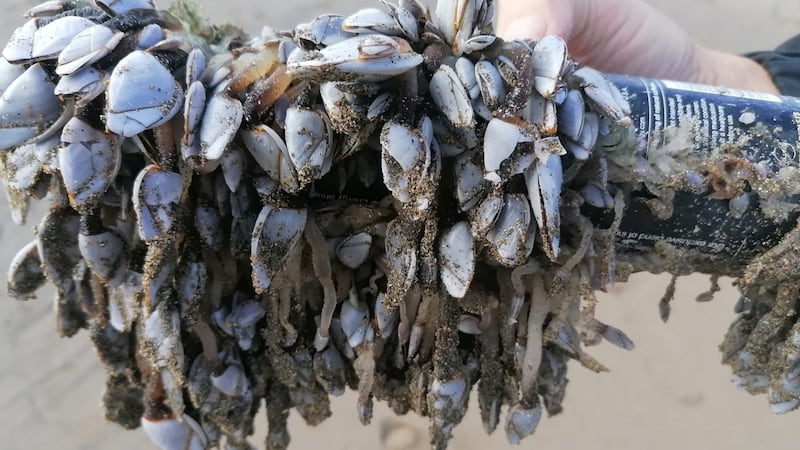
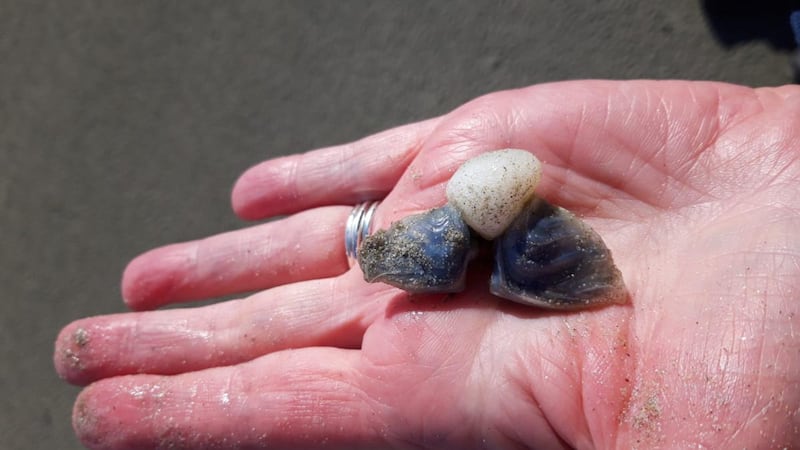
Two pictures of barnacles. The first was sent in by Walter Dwyer, who found them on Kilkee beach in Co Clare. The second barnacle was found by Ann Toland on Glassilaun beach in Connemara.
The first are goose barnacles, which form on ships’ timbers (or unrecycled drinks cans) at depth in the sea. Long ago they were thought to be the early stages of the barnacle goose, which meant that the flesh of these birds was really fish and could be eaten without sin on Fridays. The second is the buoy-making barnacle. Its stalks secrete the spongy float.
Have you a nature query, observation or photo you would like to share with The Irish Times? Submit it, with location of the image, via our website irishtimes.com/eyeonnature




